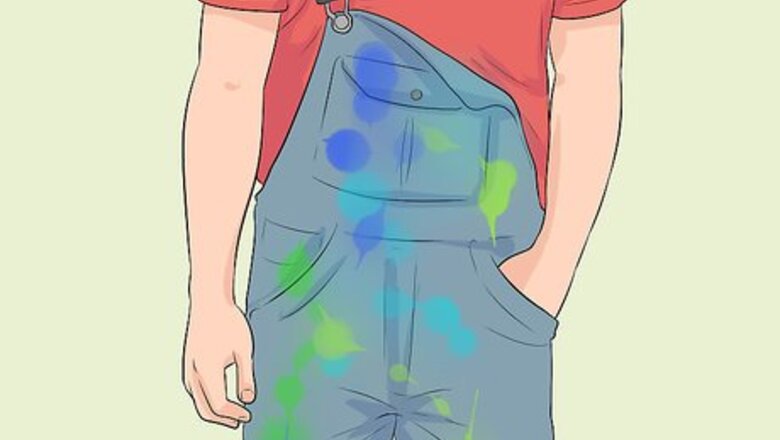
views
Judging the Cover
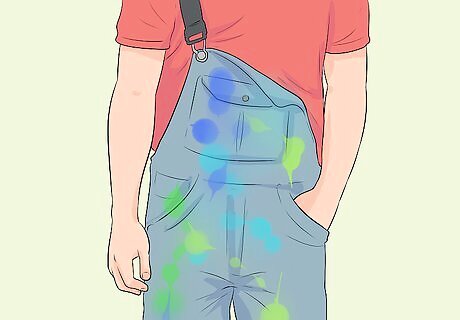
Identify a piece of clothing that identifies a person’s occupation. A lab coat, tool belt, paint-spattered overalls, suit or uniform can tell you what a person does professionally. Use that information to determine whether they are young (too young for a job), a professional, a skilled worker, or are retired.
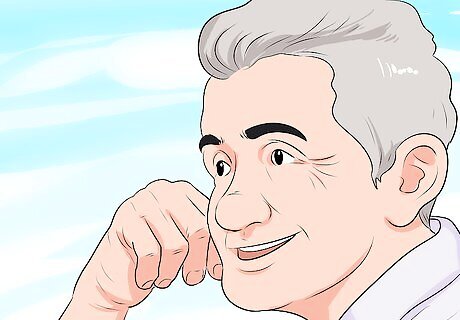
Look for wrinkles. Lines near the eyes, mouth or neck will tell you how old the person is likely to be. Age spots on hands can be a good indication of their decade as well. Some people who have had a lot of sun exposure or who have smoked, may display more wrinkles, while those living in cooler and moister climates may have smoother skin.
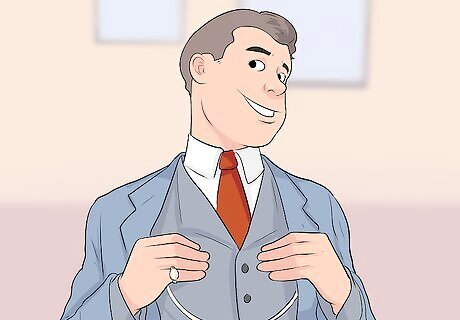
Try to spot affluence. Sometimes wealth or the desire to be wealthy is shown in the quality of garments, shoes and even a haircut. Look for a wristwatch, diamond earrings or designer bags. However, be wary - many educated people shun such articles, and wear more casual clothing. Some may even sport dishevelled hairdo's and have facial hair (beards or moustaches in men.) Alternatively, look for signs of thriftiness. Faded clothes, discount clothing labels or worn shoes might tell you if a person has less money, although many principled people shun the pressure dictated by fashion and make a point of wearing simple clothes made of natural fabrics which naturally fade faster. In addition certain very good shoe brands outlast cheaper brands by far, and although they may start to look worn with time, they are made to last for more than a decade, and therefore will cost many times over what a cheaper shoe in a similar style would cost. While these signals may tell you what economic decisions the person has made, they do not translate into behavior.
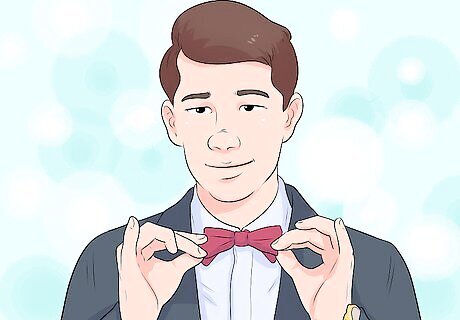
Find signs of fastidiousness. If the person has their hair in place, their clothing pressed and an attention to style, they may be very detail oriented. Someone with a more casual wardrobe or “bed head” might be creative or messy, although a detail orientated person may have made the choice to focus on detail in their work and not to spend too much time and financial resources on their personal appearance
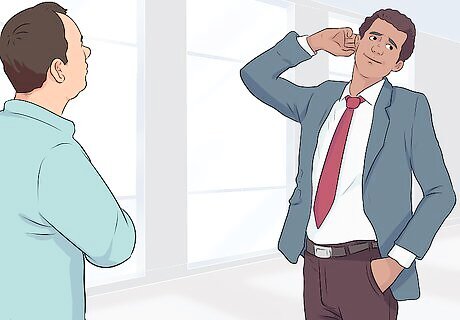
Move on to the person’s body language. Just as the saying goes, “you can’t judge a book by its cover", clothing is the least accurate way to read a personality.
Interpreting Body Language
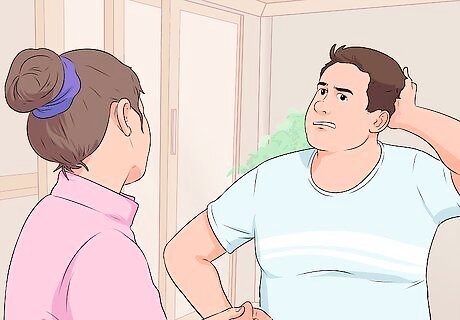
Notice if the person you are talking to leans away from you when they answer. This can be a clue that they are feeling stressed. Rubbing the hands against the thighs or the head will also indicate stress.

Look for signs of anxiety and nervous or physical tension in clenched jaws or pursing lips. Suddenly crossing arms and legs or looking away is seen as negative body language as well.

Pay attention to eye contact. Avoiding eye contact and staring too long into someone’s eyes can be a sign of anxiety and of lying. Eye contact is hard to fake, so if you aren’t noticing darting eyes or prolonged stares, the person is more likely to be relaxed.

Pick out signs of distraction. Looking toward a clock, a watch or a phone can mean the person is nervous or bored or they may be used to habitually checking their phone or email frequently. Starting a new task when they are talking to you is a better judge if they are paying attention.

Count the blinks. An increased blink rate will indicate a nervous feeling. This can be a positive thing, such as physical attraction, or an unconscious manifestation of stress from being the center of attention.

Give your gut some credit. People often have micro-expressions that may convey more accurately what they are thinking; however, they flash by so fast, it may only be your subconscious that registers it. Micro-expressions tell more than most body language cues.
Reading Behavior and Motivation
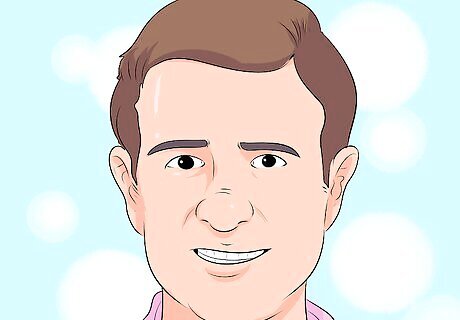
Study a smile or laugh to see if it is genuine. If the person’s mouth is upturned at the corners, but their eyes aren’t wrinkling, they are faking a smile. They may be trying to lie or they may be uncomfortable, or anxious.
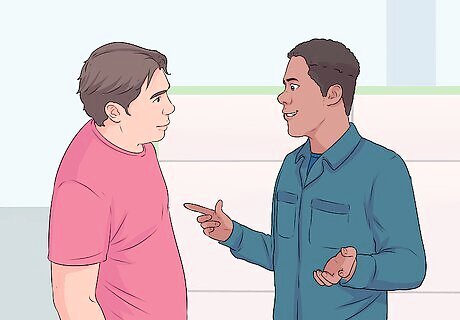
Pay attention for changes in behavior. If someone keeps their arms and legs crossed and starts opening them or reaching out, that is a sign they are more comfortable with you. Also, if someone you are close to starts using a lot of new postures or expressions, they may be going through an emotional or physical change.
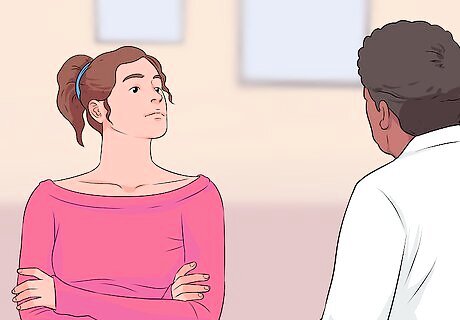
Identify signs of someone who wants power. This type of person will search for awards and leadership positions. They aim to win arguments and seek to manage or influence others. Watching behavior can show you a person’s motivation and helps to predict future actions.
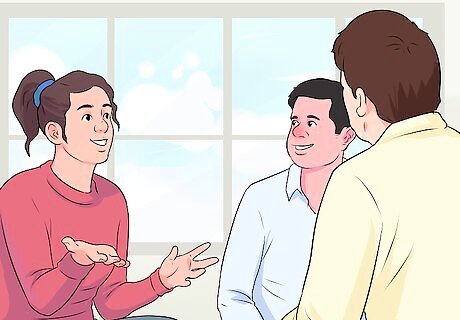
Someone who is motivated by affiliation or contact with others, tends to have many friendships, and may serve as mediator between friends. This type of person seeks acceptance from others.
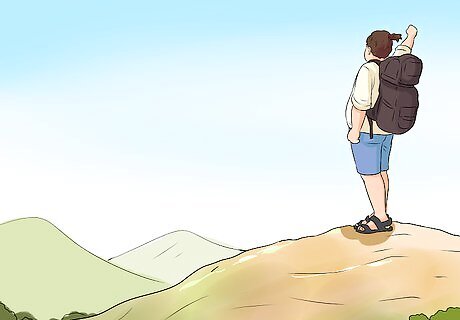
Pick up on motivation for achievement. If a person sets high standards, likes to work individually and seeks a challenge, they are most likely motivated by a sense of personal achievement rather than power or affiliation.


















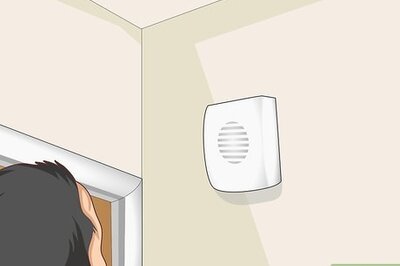

Comments
0 comment